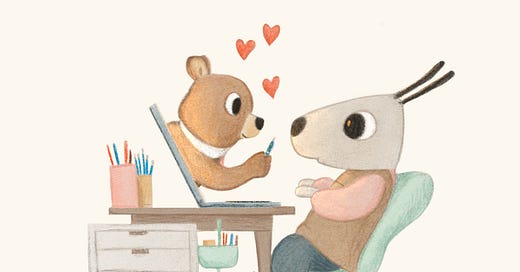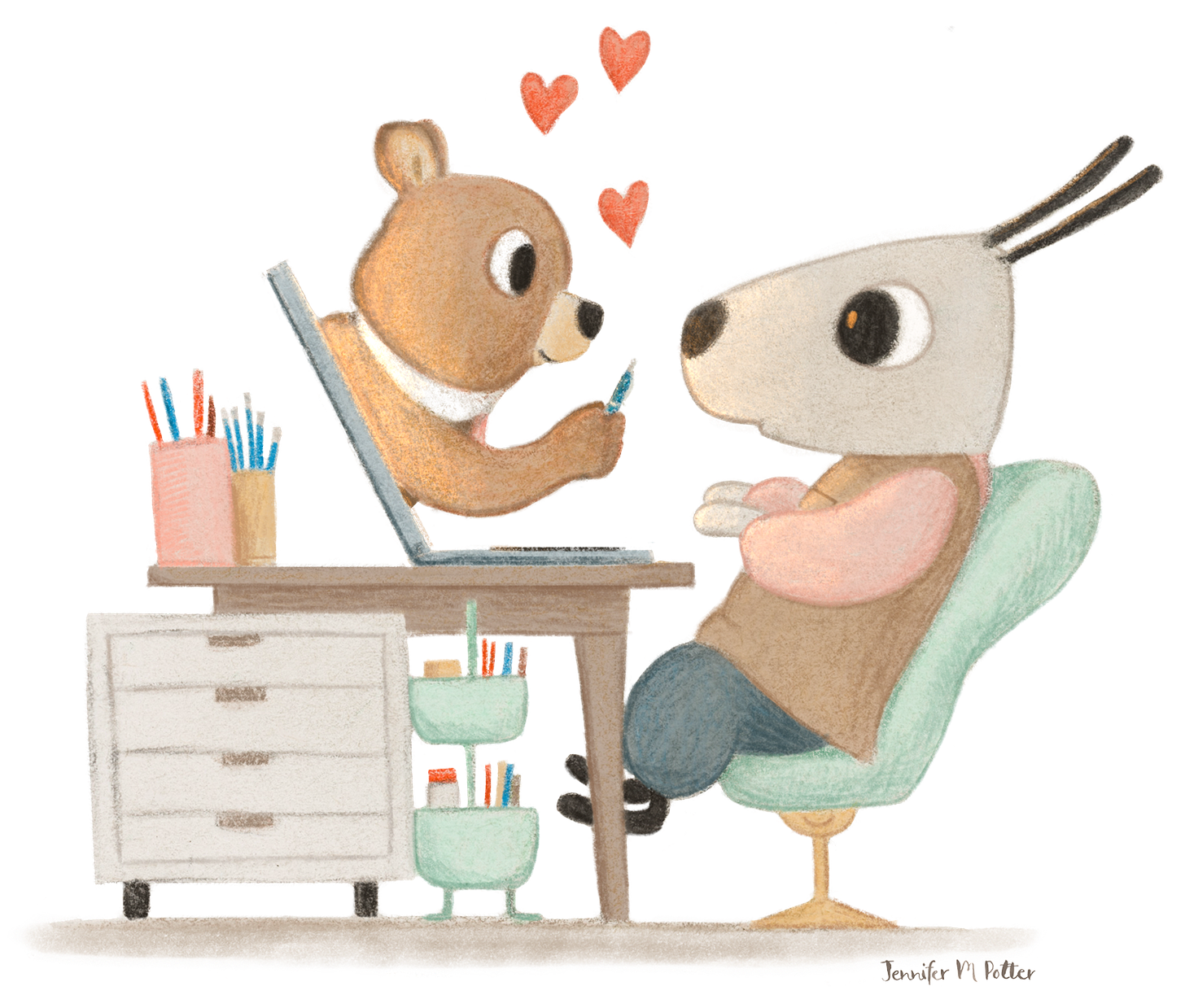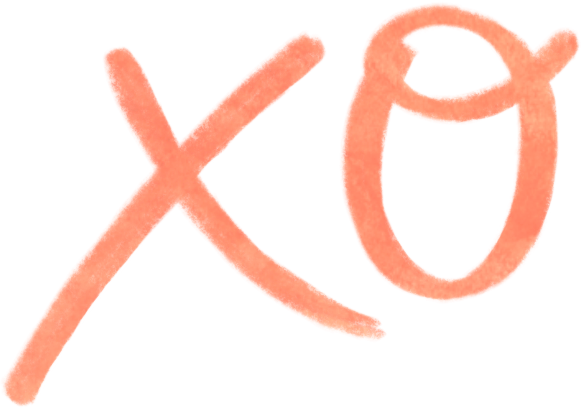Getting contacted by an agent can be one of the most exciting moments in your career. It’s incredibly validating. It can feel like you’ve finally gotten noticed by someone who matters in the industry…someone who can help you finally build the career you’ve always dreamed of. Suddenly all of your hard work has paid off.
But before you go signing on the dotted line, you’ve got some things to figure out.
What should you do? Should you pursue representation? Is this even the right agent for you? Can you afford to be picky? What if this is your only chance?
I got a question last week that was along these lines:
“Dear Jennifer, The Made Up Agency just contacted me. They want to set up a call to talk about representing me. Do you know anything about them?”
I get asked about various agencies a lot, but I hadn’t heard of this one. I know it can sometimes seem like there are only a handful of agencies, but there are a lot. And just because YOU haven’t heard of them, doesn’t mean they aren’t good. It’s easy to judge an agency by their social media presence alone, but I recommend taking a closer look. For one thing, I’d much rather sign with an agency that invests in building strong client relationships than posting on social media. A mix of both is probably good, but small, boutique agencies can be an excellent option.
Here’s how I take a closer look:
Step one: Look for someone I know
The first thing I do is check their clients for illustrators I know either personally or by reputation. My goal is to find someone (hopefully a few people) to reach out to. I want to know what their experience has been like. Are they happy with the agency? Are they getting work? Is the agency communicative and responsive? I know everyone’s experience will differ, just as every agency comes with unique pros and cons, but I want to know that they feel the agency is advocating for them.
If I don’t know any artists at the agency, I’ll still reach out to someone. I’ve found kidlit people to be the nicest people. Just remember to be friendly and keep it brief. Throwing out a compliment or two goes a long way, too!
And don’t take it personally if they don’t respond. Just move on to the next person. I’m pretty hit or miss myself. I try to respond to most requests as long as they’re quick and friendly. But anything impersonal, complicated, or time intensive can feel like too much to process.
Step two: Look for how illustrators are displayed on their website and across social media
I’m not just concerned with who the agency represents but how they represent them. Is the art to my liking? Is it displayed well? Would my work fit nicely into the group? Or is my art too different or too similar to their existing roster?
Do the artists each get attention? Are there so many artists that it would be easy to get lost in the mix? If so, do they regularly feature artists so that everyone gets a chance at the spotlight? Is it all in alphabetical order? Is your name Abby Abacus or Zander Zazmozigan?
It’s worth noting that not all agencies display their clients’ art on their website or even social media. I personally think that’s a weird choice, but it’s not uncommon with agencies that have expanded into illustration from less visual industries. As I said above, I’d much rather sign with an agency that invests in building strong client relationships than their website.
Step 3: Look for the deals
Some sites will list companies they work with, but I want more than that. I want to see recent projects, preferably a lot of them. Social media is good for this, assuming the agency is active. But if not, Googling an artist + the agency + words like “project” or “art director” or “editor” will usually turn up some useful info.
Also, look at the projects the artists are currently working on. Check Instagram. See if they’re posting new products or book deals.
This is for literary agents only, but check Publisher’s Weekly. Search the agent’s name and see if it comes up in the rights reports. Unless the agent is new and building their list, they should have some deals under their belt. If they are new, look them up on LinkedIn. You want an agent that has been in publishing (or your preferred industry) long enough to have good contacts.
If after that, you’re still having a hard time finding anything concrete, you can do an ICANN lookup to see when the website was registered. If they’re very new, there may not be much out there yet. But that doesn’t have to be a deal breaker. A new agent with a lot of passion can be awesome to have in your corner!
Step 4: Look for red flags
Client to agent ratio
Divide the number of clients by the number of agents. Seriously, do the math. I can’t tell you how many is too many, but the fewer clients per agent, the more time they should have for you, or for building those relationships I keep talking about. You don’t want to lose jobs because an agent is buried in admin.
My last illustration agent had about 20 clients per agent, and I was very happy with the level of responsiveness. I think 30 can be okay, but I’ve heard more complaints as agents creep closer to 40.
I typically see fewer clients for literary agents. This is understandable because literary agents often act as a preliminary editor, so they spend time working with you to get your manuscript or book dummy in shape to submit. They also deal with fewer, larger projects over the course of a year, so they are able to dedicate more time. An illustration agency will need to manage a much wider scope of commissions.
Agency fees
Please note, I’m not advocating for the following fee structure. I’m just saying anything more would be a red flag for me.
No up-front fees. You don’t pay an agent to represent you. You pay them to get you work.
No more than 25% for book illustration.
No more than 15% for any books you author or projects you initiate.
No more than 35% for general illustration.
The above rates are on the high side of standard, but there are some higher. If the agent you’re interested in has high percentages, weigh the pros and cons carefully. You need to feel confident they’re worth that extra 5-10%, otherwise it’ll be that much harder to see a chunk taken out of your commission fee.
Termination Clause
It’s fairly standard to have some kind of termination clause in your contract. This means that if you leave your agency, any work you get *from the agency’s existing clients* within that time period has to go through them, so they still get their cut.
You want to make sure that time period isn’t too long (I believe six months is pretty common, give or take) and that it only applies to the agency’s clients. New clients should be your own, free and clear. You also want to be sure that the term client is well-defined. You don’t want to leave your agency and find out that all of Penguin Random House is off limits because you did a sample for one imprint.
Exclusivity
You should be able to keep your own existing clients. If not, negotiate on this. I know artists that didn’t negotiate up front and then lost a big chunk of their commissions when an old client reappeared. You may feel weird about making waves up front, but trust me, you’ve earned every client you’ve gotten so far. Protect that relationship!
Bonus insight from a Literary Agent!
of added some insight in the comments and kindly gave me permission to surface it in this post.(1) a new agent should have guidance and mentorship from an experienced agent regardless of how long that new agent has been working in publishing. I was in publishing for a decade and knew a lot about the business before I became an agent, but I still had to learn about *agenting* specifically - so I joined an agency with a longstanding reputation and a lot of experience to help guide me.
(2) While I definitely agree that it's a good idea to do some sleuthing on the agent/agency yourself, you can also ask the agent questions (over email and/or a call) and shift some of that burden to them. Then your sleuthing can be mostly verifying that info, which is usually a little easier than finding it from scratch. And remember, an agent's job is to pitch your work and stories, so you can get info on how they do that by seeing how they pitch themselves! If their initial email to you was brief and full of typos and left you with more questions than answers, for example, that may be something to note...
Thanks so much Jessica!
It’s up to you!
Hopefully you’ve found this helpful, but I know it’s still a difficult decision to make. Choosing whether or not to sign with an agency, or even whether or not to negotiate terms can feel daunting.
What if it’s not the right fit? What if you scare them away by trying to negotiate? What if this is your only chance? What if what if what if….
To this I say, take a deep breath. This is NOT your only chance. If an agent has contacted you, it means they believe they can sell your work. And if one agent believes it, someone else will, too. And you’re only going to get better, right?
And if they get scared off by negotiating, then they are definitely not the right fit. You want an agent that’s not afraid to negotiate!
If you’re actively seeking representation or if that dream feels really far off, be sure to save this post so you can come back to it when you need to!









Fantastic advice as always Jennifer xx
Thank you Jennifer, wonderful post. Light on on one of the BIG Questions for just starting illustrators. It’s scary and exciting in the same moment.